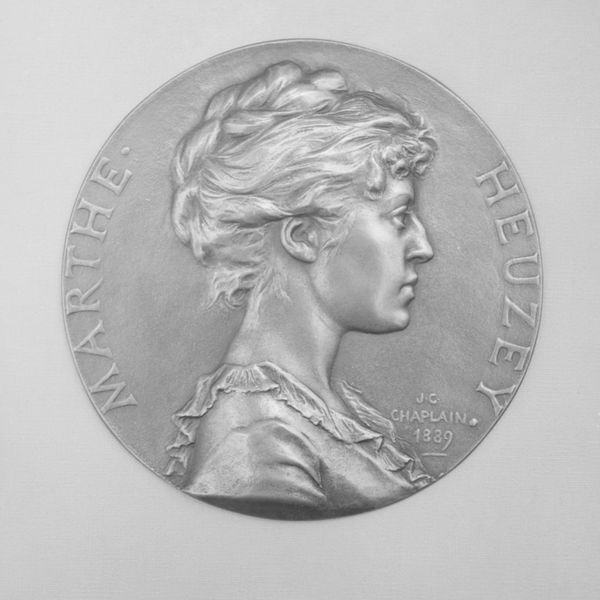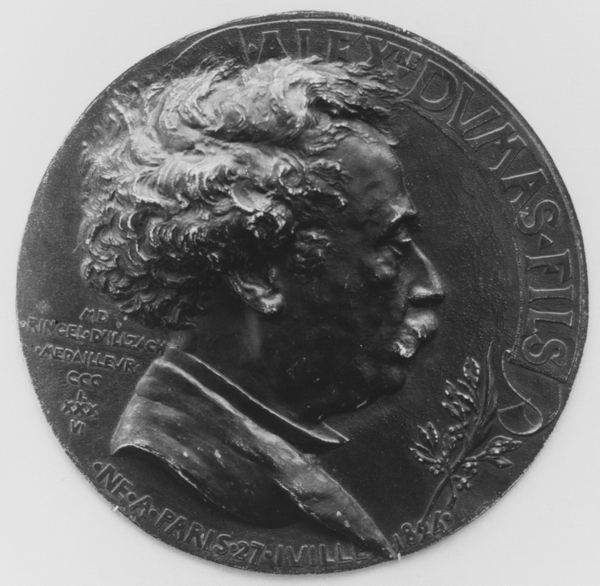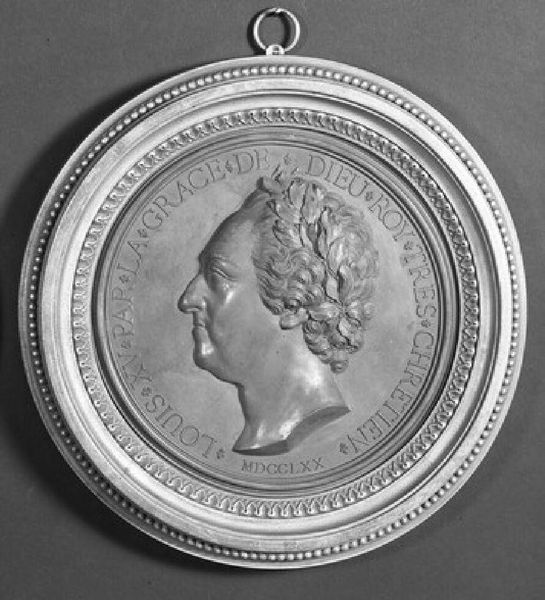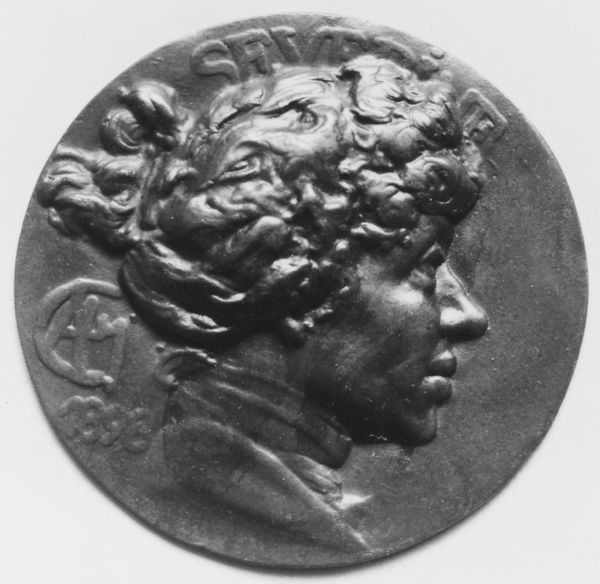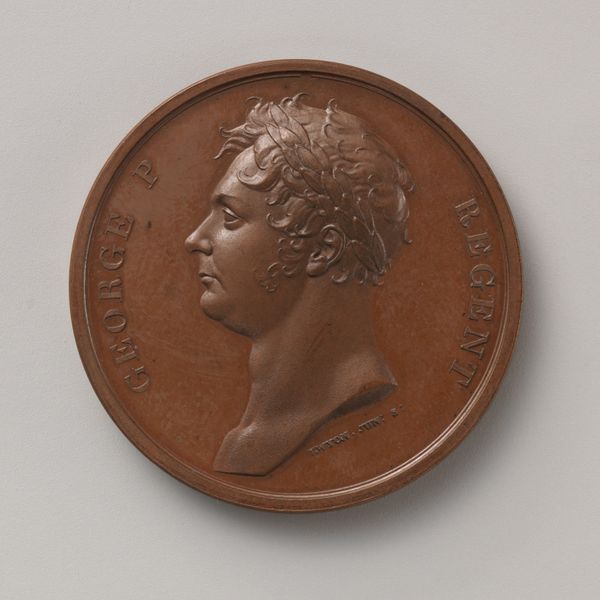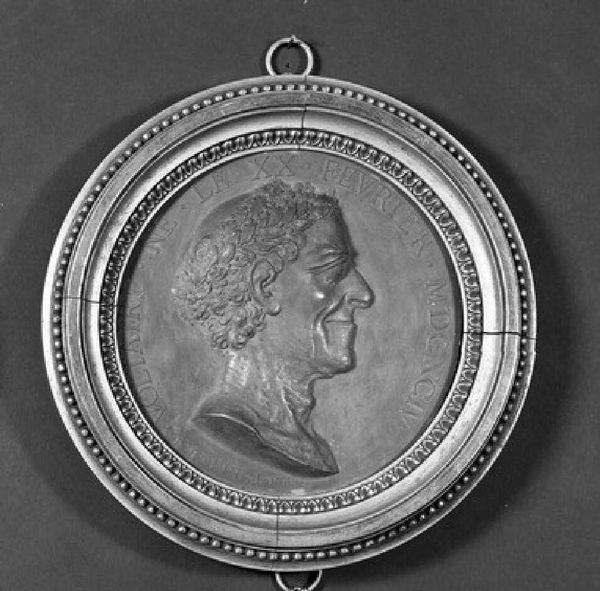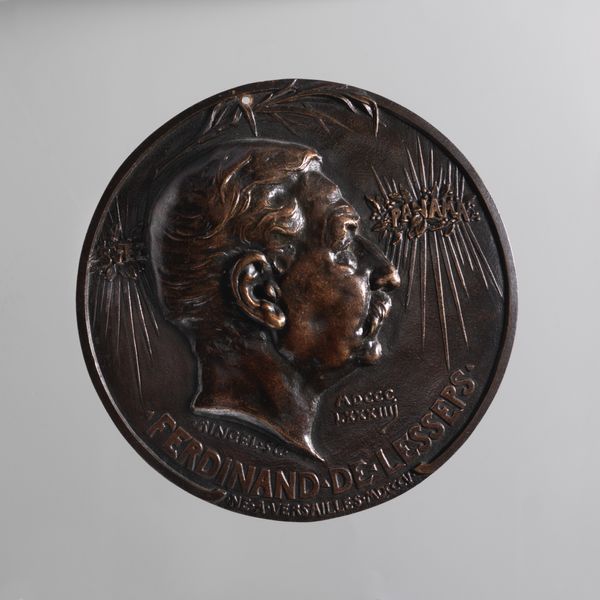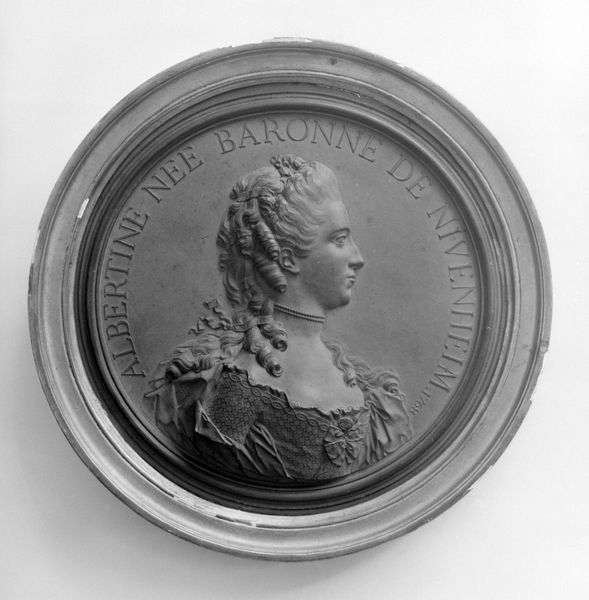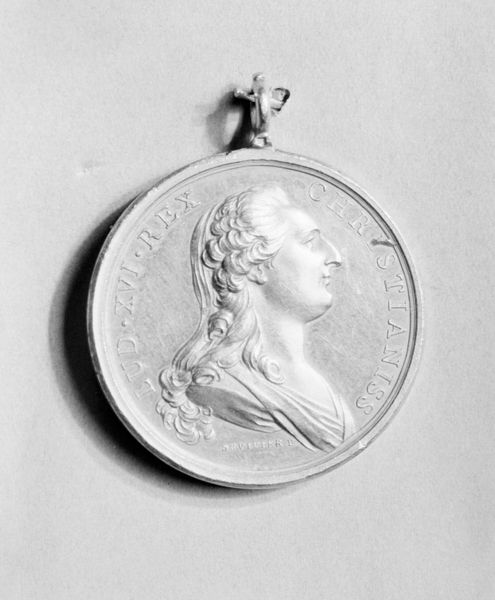
Charles Rogier, Belgian Statesman (1800–1885) 19th century
0:00
0:00
bronze, sculpture
#
portrait
#
medal
#
neoclacissism
#
sculpture
#
bronze
#
sculpture
#
decorative-art
#
profile
Dimensions: Diameter: 2 3/4 in. (70 mm)
Copyright: Public Domain
Curator: Here we have a bronze portrait, “Charles Rogier, Belgian Statesman (1800–1885)” crafted in the 19th century by Leopold Wiener. The artwork is now housed at the Metropolitan Museum of Art. Art Historian: It strikes me as neoclassical, the way it harkens back to ancient Greek and Roman coins—very austere, projecting power and respectability. What are your first thoughts on the bronze, formally? Curator: I find the surface remarkable; the subtle gradations of relief give shape to his physiognomy, from the pronounced curve of his nose to the tight curls framing his face. Wiener masterfully uses light and shadow. Observe how light catches the high points, accentuating the sculptural volume. Art Historian: It's not just about sculptural skill, though. Charles Rogier was a significant figure in Belgian history, a key player in the Belgian Revolution. This portrait isn't merely decorative. It's a statement about national identity, intended to commemorate and solidify Rogier's legacy. Consider the purpose of such a piece and the way public memory is created through the proliferation of his imagery. Curator: That may be true, but observe the carefully planned interplay between positive and negative space. See how the rigid circle containing the subject counterpoints the curves of his hairstyle. This contrast alone invites the eye to pause, consider the overall harmony of the medallion. To ignore these sophisticated formal tensions would be reductionist. Art Historian: Not at all. Understanding the formal choices illuminates how Rogier, the political figure, desired to be remembered. Bronze was often used for public sculptures to underscore ideas about strength, longevity, and the state. Curator: In that respect I suppose we find common ground. There are more than mere social records at play; without skillful modelling, the medal would have no social effect at all! Art Historian: It is about both, isn’t it? Craft and culture meeting, not just reflecting or illustrating. Curator: Indeed, it seems, looking closer, the history here is indeed enhanced by such excellent modeling techniques and design.
Comments
No comments
Be the first to comment and join the conversation on the ultimate creative platform.
